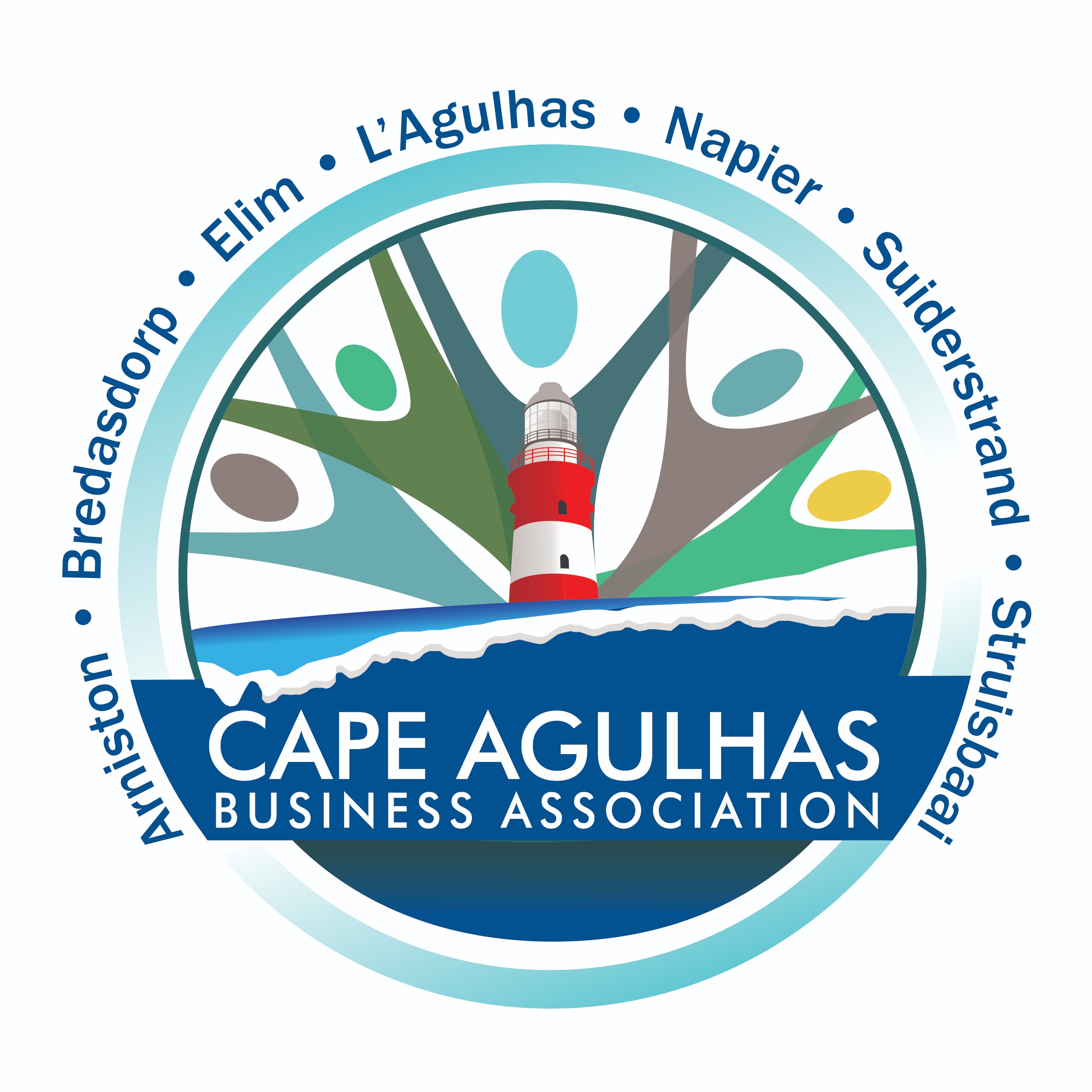Tourism, Heritage, and Small Business
At the Southernmost Tip of Africa, where two oceans meet and the winds carry the stories of centuries...
This is the second contribution in this series of short conversation pieces. In the first article, we spoke about the necessity to focus on individual or personal purpose as the point of departure when we think about rebuilding our business. In this article, we will now turn the attention to the market and customers. The logic is simple - if I can connect my personal and life purpose to a market or customer need my chances of building a sustainable and successful business is that much greater.There are a range of tools, approaches and models available to help business leaders think through these, including the Ansoff and BCG matrices, the Porter market forces analyses and so forth. Most if not all of these are freely available on the internet, often also in very easy to follow guidelines.
For the purposes of this conversation, the focus will however be on a very simple set of questions that most, if not all, businesses need to be able to answer. These are:
1. WHAT am I offering to WHOM, in other words, what product or service am I going to sell to which customers?
2. Through which CHANNELS will I reach the customers and decisionmakers?
3. What RESOURCES and ACTIVITIES do I need to produce and deliver such products or services?
4. What are the key PARTNERSHIPS I may need?
5. What price will the market be willing to pay and what will be the realistic volume of sales, i.e. what is the likely REVENUE?
6. What will all the resources, activities, partners COST?
7. Does the financial return (Revenue minus Cost) allow me to grow and maintain the financial reserves to ensure the sustainability of my business?
8. Once I have answers to these seven questions, the most important question to revisit is whether this business will allow me to live and achieve my PERSONAL and life purpose.
Again, as you work through these questions it might be useful to keep a journal of your thinking. This will allow you to rethink some of your assumptions and perspectives as you progress on the journey.
How do we start with a market and customer focus? My sense is that instead of thinking what it is we can offer the world, that we use our eyes and ears to really listen to what the world needs and want, and ultimately will be willing to pay for. The fact that you can paint beautifully and get great personal joy from this does not mean that there is a big market for your paintings. We need to really listen to what our potential customers talk about as their specific challenges or ambitions. If the value we add can help solve a customer’s problem, or help them more quickly or cost-effectively achieve their goals, we may just have a chance of being able to offer the market and customers something they will be willing to reward us for.
Assuming there is some identifiable “value” we can offer customers, we also need to think about how many other businesses provide the product or service we do. If there are already many “competitors” it may be difficult to enter the market, as we will have to convince potential customers that our product has a unique value proposition compared to the other offerings. If there are very few competitors, it may be that we will have to educate the market about our product or service. It may also mean that the profitability of the specific offering is too low for many potential providers to take the decision to compete.
Sounds complicated? At some level it is, but this is at the core of building a sustainable business. If you cannot provide something of real value to the market/customers, you have no business. If you do not have a specific or unique value proposition, you may not have a sustainable business. Your ability to really understand what it is that customers need from you (and are willing to pay you for) is the cornerstone of any business enterprise. What will make it a little bit easier for you, is if you can identify such a value add that also aligns with your personal career and life purpose.
In the next article, we will explore how we think about business beyond profit, and how we can position a “brand” that really engages all of our stakeholders. Again, I commit to being available to act as a “thinking partner” to you. My contact details can be obtained from The Overberg Business and Lifestyle Magazine. There will be no fees for such conversations, and whilst I may not be able to give you quick answers, sometimes it helps to just have someone to bounce our ideas off.
CABA, the Cape Agulhas Business Association, is a non-profit based in Bredasdorp that’s all about helping local businesses grow and connecting the region’s economy. By joining CABA, you become part of a network where ideas are shared, challenges are discussed openly, and solutions are built toge...
View ProfileXplorio is your local connection allowing you to find anything and everything about a town.
Read MoreAt the Southernmost Tip of Africa, where two oceans meet and the winds carry the stories of centuries...
Technology is no longer something reserved for big companies in big cities.
At the Southernmost Tip of Africa, where two oceans meet and the winds carry the stories of centuries...
Running a business can sometimes feel like you’re on your own, navigating challenges.
Attending a Master Class can significantly contribute to a business's growth, innovation, and success.
Attending a networking event offers several valuable benefits for businesses.
